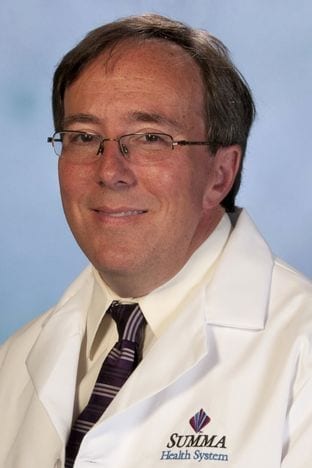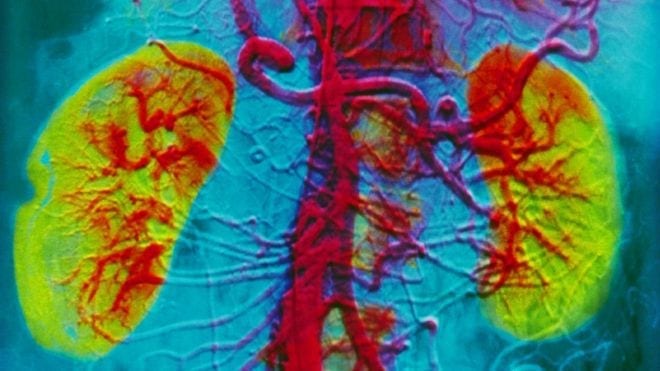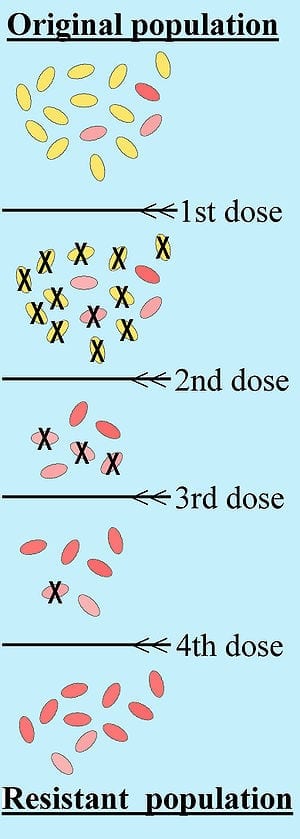
“We found 50 percent of patients receiving the two highest doses still had positive effects one year after treatment”
In the first human study of its kind, researchers activated heart failure patients’ stem cells with gene therapy to improve their symptoms, heart function and quality of life, according to a study in the American Heart Association journal Circulation Research.
Researchers delivered a gene that encodes a factor called SDF-1 to activate stem cells like a “homing” signal.
The study is unique because researchers introduced the “homing” factor to draw stem cells to the site of injury and enhance the body’s stem cell-based repair process. Generally, researchers extract and expand the number of cells, then deliver them back to the subject.
“We believe stem cells are always trying to repair tissue, but they don’t do it well — not because we lack stem cells but, rather, the signals that regulate our stem cells are impaired,” said Marc S. Penn, M.D., Ph.D., Director of Research at Summa Cardiovascular Institute in Akron, Ohio, and lead author and professor of medicine at Northeast Ohio Medical University in Rootstown, Ohio.
SDF-1 is a naturally occurring protein, secreted by cells, that guides the movement of other cells. Previous research by Penn and colleagues has shown SDF-1 activates and recruits the body’s stem cells, allowing them to heal damaged tissue. However, the effect may be short-lived. For example, SDF-1 that’s naturally expressed after a heart attack lasts only a week.
In the study, researchers attempted to re-establish and extend the time that SDF-1 could stimulate patients’ stem cells. Study participants’ average age was 66 years.
Researchers injected one of three doses of the SDF-1 gene (5mg, 15mg or 30mg) into the hearts of 17 patients with symptomatic heart failure and monitored them for up to a year. Four months after treatment, they found:
- Patients improved their average distance by 40 meters during a six-minute walking test.
- Patients reported improved quality of life.
- The heart’s pumping ability improved, particularly for those receiving the two highest doses of SDF-1 compared to the lowest dose.
- No apparent side effects occurred with treatment.
“We found 50 percent of patients receiving the two highest doses still had positive effects one year after treatment with their heart failure classification improving by at least one level,” Penn said. “They still had evidence of damage, but they functioned better and were feeling better.”
The findings indicate people’s stem cells have the potential to induce healing without having to be taken out of the body, Penn said.
The Latest Bing News on:
Gene therapy
- 11 Analysts Assess Taysha Gene Therapies: What You Need To Knowon April 30, 2024 at 9:20 am
Throughout the last three months, 11 analysts have evaluated Taysha Gene Therapies (NASDAQ:TSHA), offering a diverse set of opinions from bullish to bearish. In the table below, you'll find a summary of their recent ratings, revealing the shifting sentiments over the past 30 days and comparing them to the previous months.
- OSU researchers pioneer technique for delivering gene therapy to specific brain areason April 30, 2024 at 2:00 am
Researchers say the procedure holds promise for a host of genetic neurological disorders, including Parkinson's, Alzheimer's, multiple system atrophy (ASA) and more.
The Latest Google Headlines on:
Gene therapy
[google_news title=”” keyword=”gene therapy” num_posts=”10″ blurb_length=”0″ show_thumb=”left”] [/vc_column_text]The Latest Bing News on:
Stem cells
- The Secret of Long-Lived Stem Cells Ability To Avert Aging Revealedon April 30, 2024 at 5:00 pm
Nothing lives forever, but compared to other cells in the body, hematopoietic stem cells (HSCs) are remarkably long-lived. HSCs are blood-forming cells – they give rise to rapidly dividing progenitor ...
- Study uncovers the secret of long-lived stem cellson April 30, 2024 at 1:20 pm
Nothing lives forever, but compared to other cells in the body, hematopoietic stem cells (HSCs) are remarkably long-lived. HSCs are blood-forming cells—they give rise to rapidly dividing progenitor ...
- NEW! Stem Cells Hair Transplant: No Sexual Dysfunction & Medication-Freeon April 30, 2024 at 10:05 am
Global Health Asia Pacific award winning Technique for Genetic Hair Loss and Thinning Hair Behind Cosmetic Surgery By Dr. Piya ...
- Study introduces improved way to grow cells that give rise to kidney's filtration systemon April 30, 2024 at 8:00 am
In a study published in Cell Stem Cell, USC scientists report significant progress in cultivating nephron progenitor cells (NPCs), the cells destined to form the kidney's filtration system, the ...
- USC Scientists Rewrite Kidney Research With Groundbreaking Cell Cultivationon April 30, 2024 at 8:00 am
Researchers at USC have advanced kidney research by developing a new method to cultivate nephron progenitor cells from human stem cells. This method simplifies the process and enhances applications in ...
- Global Hematopoietic Stem Cell Transplantation Industryon April 30, 2024 at 5:37 am
Global Hematopoietic Stem Cell Transplantation Industry is projected to grow from US$ 7 Bn in 2023 to US$ 15 Bn by 2033, at a CAGR of 8% ...
- Stem cell therapy was supposed to cure cancer. The last big breakthrough was in 1959on April 30, 2024 at 2:06 am
Lecture by Dr Akhil Banerjea, from the National Institute of Immunology on stem cell therapies was measured, less of a hyperbole and rooted in science. 'It's still cosmetic, experimental,' he said.
- Young man in Yerevan donates stem cells to help save his sister’s lifeon April 29, 2024 at 4:15 pm
Photos courtesy of the Armenian Bone Marrow Donor Registry LOS ANGELES—On April 10, 2024, a young Yerevan resident, Garik Petrosyan, donated bone marrow stem cells for an urgent transplant that might ...
- Stem cells improve memory, reduce inflammation in Alzheimer's mouse brainson April 29, 2024 at 10:27 am
When people think of Alzheimer's Disease and possible treatment, amyloid—and the accumulation of plaques that invade the cerebral cortex—is often brought up first. However, scientists are finding that ...
- In a first, mice brain circuits regenerated using rat stem cellson April 25, 2024 at 8:29 am
Two independent research teams have achieved successful regeneration of mouse brain circuits by cultivating neurons from rat stem cells.
The Latest Google Headlines on:
Stem cells
[google_news title=”” keyword=”stem cells” num_posts=”10″ blurb_length=”0″ show_thumb=”left”]











